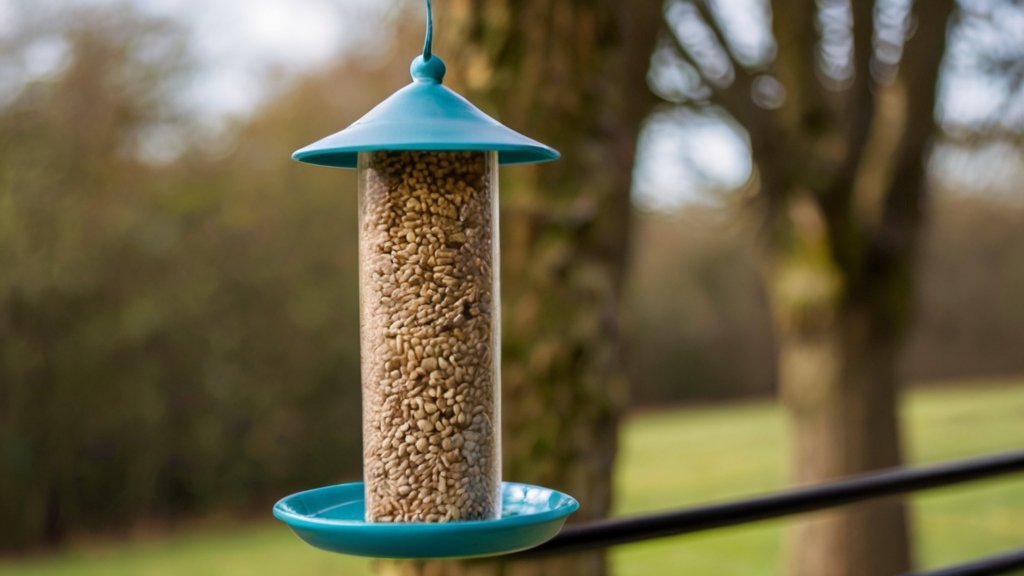Great Britain has a wide range of birds that visit our gardens some of which you can see daily throughout the year and others that just appear occasionally or in periods of bad weather. Here we will introduce you to twenty of the most widespread species that you may well see in your garden.
Twenty Common Birds In Gardens.
1.Robin. Often pictured on the front of Xmas cards the Robin is probably the most familiar of all British birds. It is easily recognised by its bright orange-red breast and face, which contrast with its brown back and wings. The robin is a small bird, measuring about 14 cm in length. It has a thin dark bill, dark brown eyes and legs, and a short tail that it often flicks up and down. Naturally inquisitive they will be the first to appear when you dig your garden to look for worms, they seem very friendly but fight viciously between themselves over territory. Wherever your property is you will be quite likely to have a visiting robin.


2.Blackbirds. The blackbird which is actually a member of the thrush family is one of the most familiar and widespread birds in the UK. You may think that a bird called Blackbird would be black but only the male is that colour whereas the female is a dark brown. The male also has a bright yellow beak and a yellow eye ring. The female has a duller yellow or brown beak and a dark eye-ring. Both sexes grow to a size of around 25cm. They are also a very common and widespread bird that most people will be used to seeing.
3.House Sparrow. Thirty years ago, Sparrows were easily the most common bird in the UK but in recent times their population has dropped sharply even though they are still regularly seen in most people’s gardens. A small brown bird of around 15cm in size the male has a dark cap and a dark grey patch on his throat with a lighter grey underside. The female lacks the cap or throat patch and is a brown bird of different shades. As their name suggests they are quite at home living in built up areas.


4.Blue Tit. This acrobatic small blue, white and yellow bird is easy to identify and is a familiar sight for anyone who uses a seed feeder for the birds. Between 10 and 12cm in size they are one of the smallest birds you will see in the garden. Likes to nest in tree holes and will use nesting boxes if one is placed in a suitable spot.
5.Great Tit. A larger relative of the Blue Tit, they are a couple of cm larger and have a black head with a white cheek patch and a yellow breast that has a black stripe down the middle. Like their smaller relatives, they are agile seed eating birds that will happily hang from garden feeders. Widespread throughout the country.
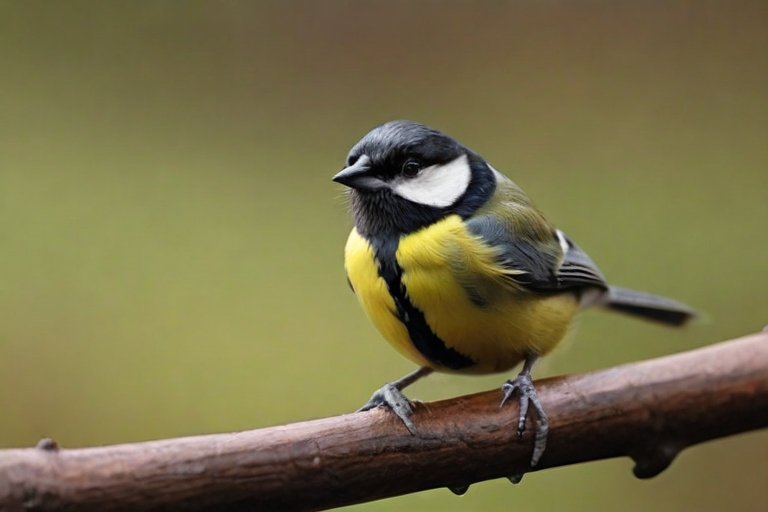
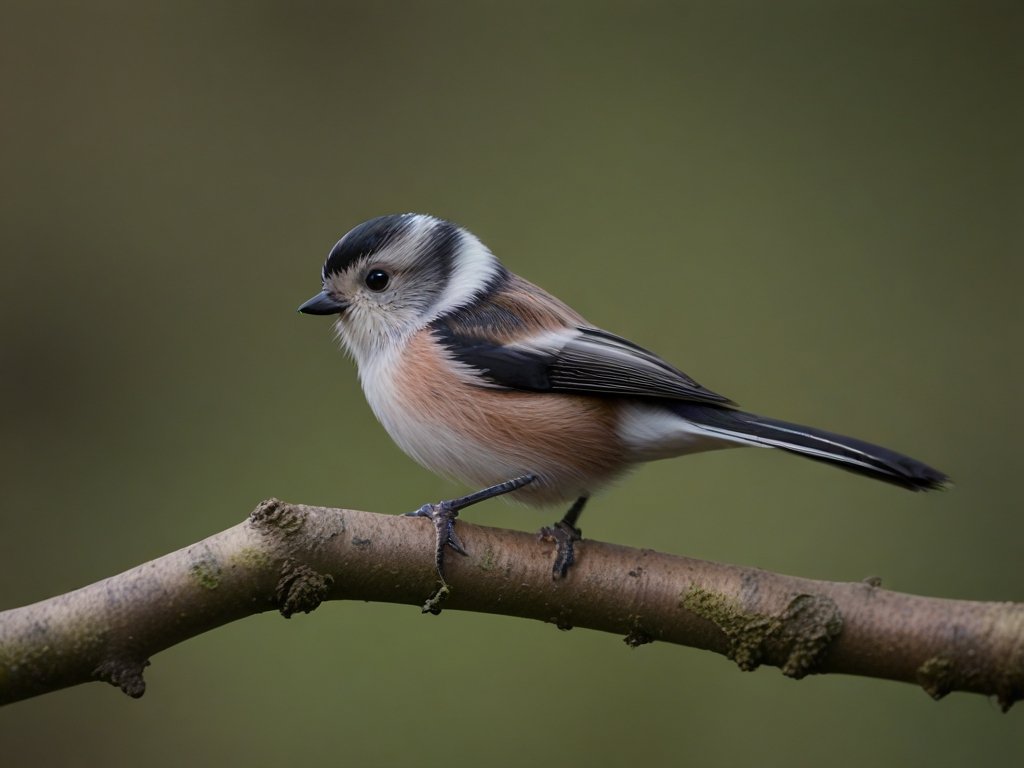
6.Long-tailed tits. These wonderfully acrobatic birds are easy to recognise by their tail which appears to make up half of their average 14cm length. Their plumage is a mix of creamy brown, pink, white and black. Often they aren’t regular visitors to your garden but will appear in groups of around half a dozen very suddenly and disappear just as quickly. They will hang off shrubs and bushes where they find insects and aphids to eat.
7.Starlings. Another species that is no longer as common as they were 30 years ago but is still a frequent visitor to gardens across the country. Just over 20cm in size Starlings are more colourful than they first appear at first glance. Whilst they can easily be dismissed as a plain dark bird their plumage is a variety of shades of black, green and purple. One of the great bird sights in this country is found with roosting starlings in Winter when they all come together in large flocks at dusk before suddenly settling in seconds. This is known as Starling murmuration.

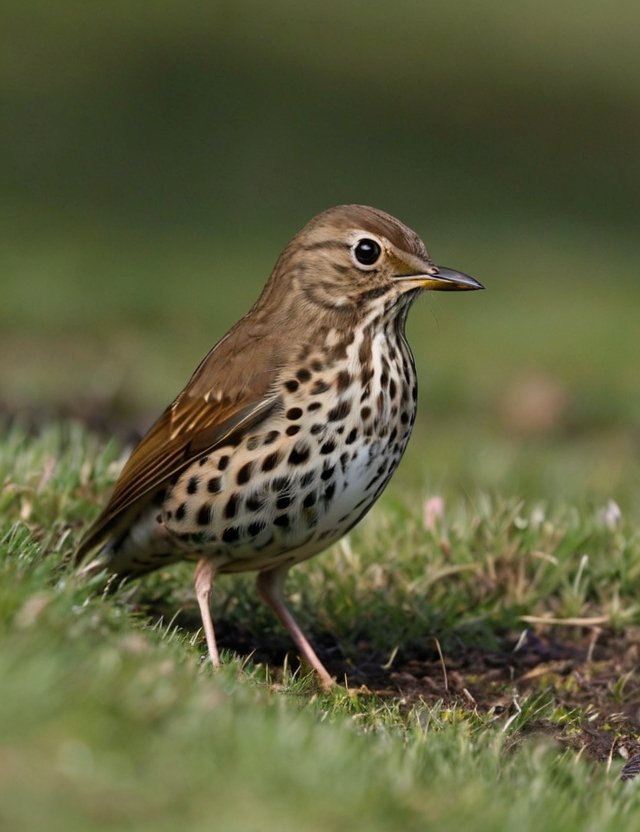
8.Song Thrush. Around 23cm in size, they have a brown back and white underside that has large dark spots on it. Known for their tuneful if repetitive song they eat worms and snails. Smashed snail shells in your garden are often a sign of a visiting Thrush, they use a stone called an anvil to smash open the shell to access the edible part. Another declining but still relatively common species across the UK.
9.Chaffinch. Currently one of the most popular birds in the UK, Chaffinches are around 15cm in size. The male has a reddish/orange breast with a lot of blue on the head and also white, brown and yellow feathers around the wings. The female is duller with a much paler front, mostly brown and a white bar on the wings. Will feed on bird tables or off the ground but is not often seen on feeders. Seen throughout the UK and a regular visitor into gardens especially in Winter when can be part of larger groups of various types of finches.


10.Greenfinch. A similar sized bird to the Chaffinch this green, brown and yellow finch has a powerful looking beak and is another seed eating bird that will happily use garden feeders. The male is much brighter with more yellow and green whereas the female is duller with more brown/grey feathers. Have suffered from a disease called trichomonosis which has caused their numbers to fall sharply in recent years, but Greenfinches are still found across the country and you have a good chance of seeing them especially if you have hanging seed feeders.
11.Goldfinches. A very colourful finch that is about 12cm in size and often visits gardens in groups of 5 or 6. Their feathers have a range of colours, notably a dark red face with black and white around the head, a brown back with yellow on the wings and a paler underside. They are seed eating finches that can be attracted to your garden by providing either nyger seeds or sunflower hearts in a feeder. Widespread across the country they are a delightful bird to see and your chances of them visiting wherever you live are good.
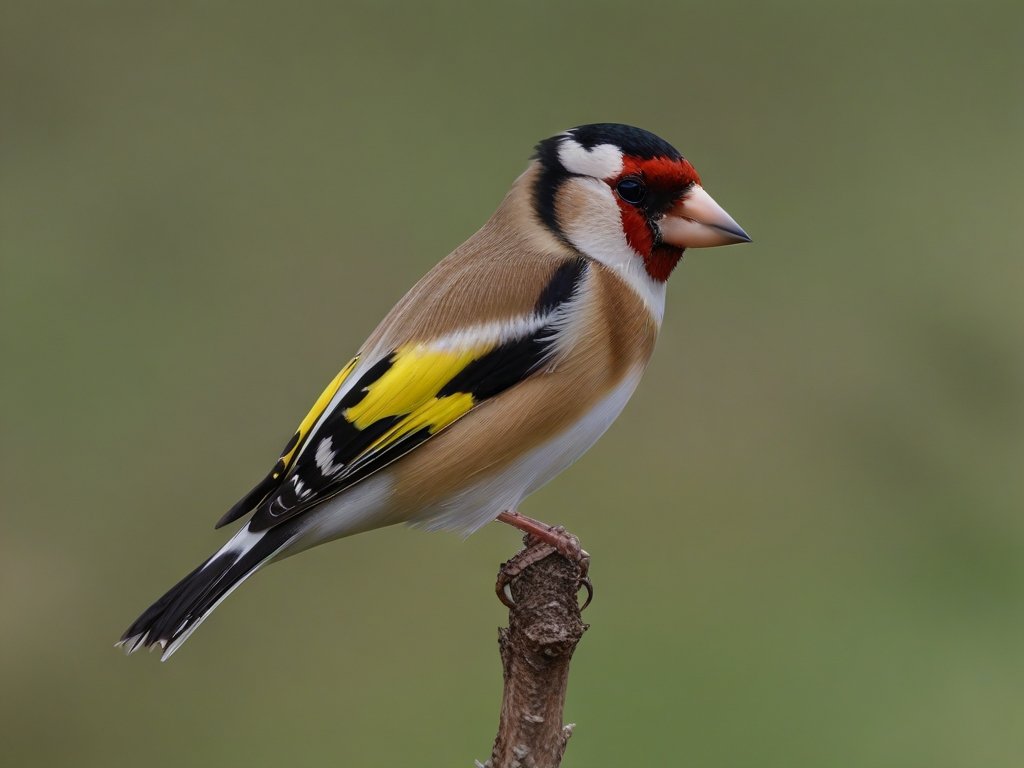

12.Bullfinch. A solid looking finch of about 16cm with a powerful bill the Bullfinch is a very striking bird. The male has a bright red breast, a black head and a grey back while the female has a paler pinkish grey breast and grey back along with a black head. They feed on the buds of trees, especially fruit trees but also eat seeds. Compared to other British finches they are rather shy and are not a regular at bird tables or on feeders. When they do visit gardens they are either alone or in a pair and tend to keep away from other birds focussing on finding seeds from plants such as thistles.
13.Wren. Often thought of as our smallest bird (Goldcrests/Firecrests are smaller) the Wren is less than 10cm in size. It’s a small brown bird with long legs and a tail that often sticks up vertically. Usually seen alone you will spot them in the undergrowth or flower beds and will come right up to the walls of your house. They eat insects and are not normally seen on bird tables or feeders.
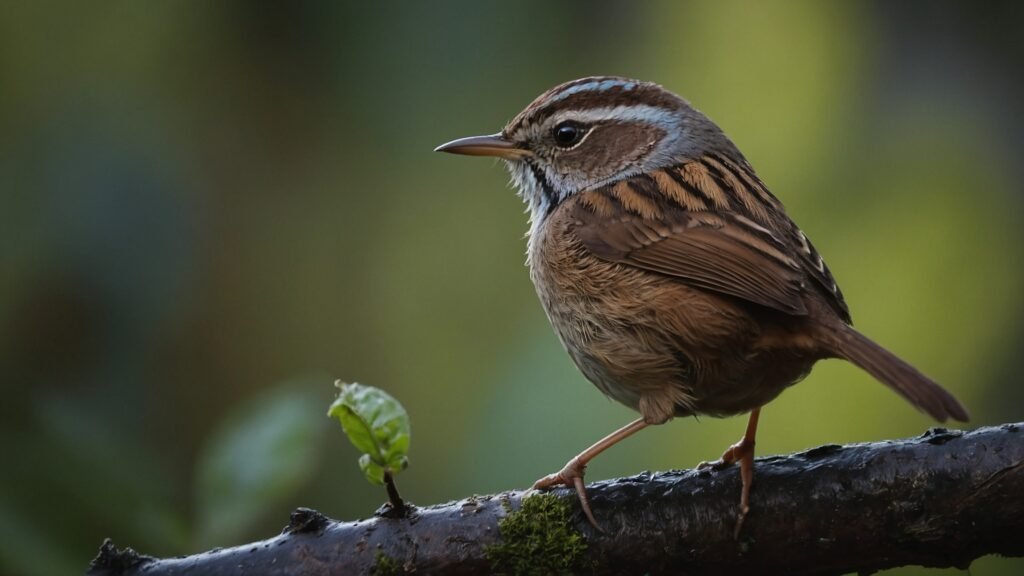
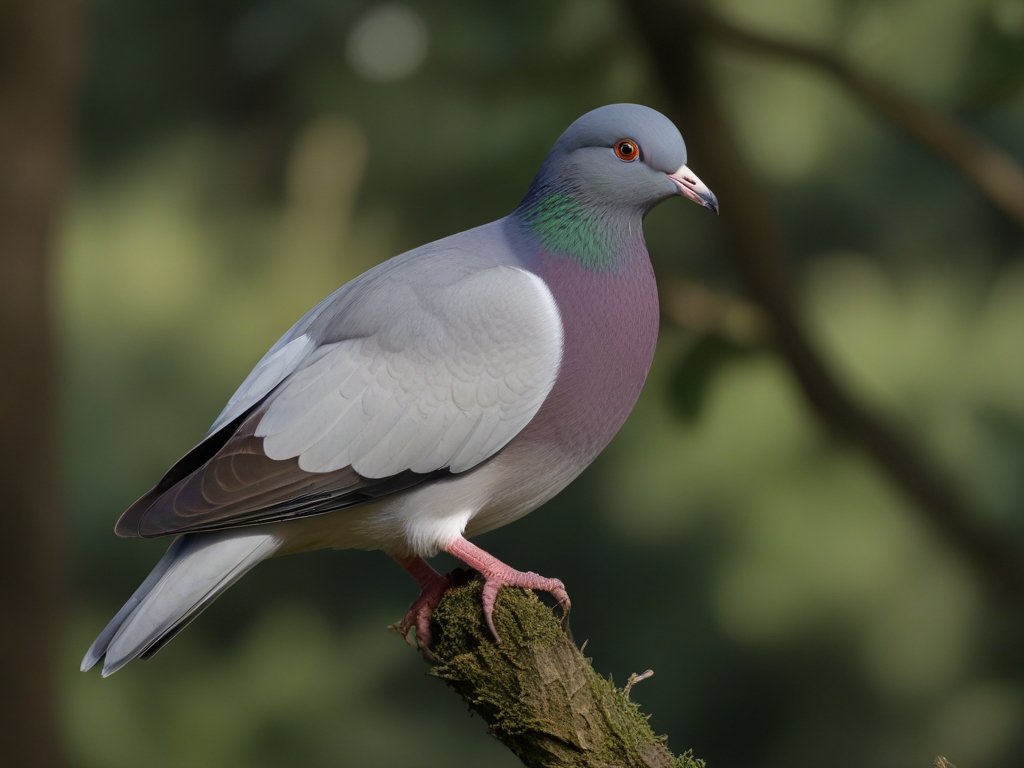
14.Wood Pigeon. A fairly large bird of around 40cm, the Wood Pigeon is mainly grey with a distinctive white patch by its neck. Widespread across the UK it is a familiar sight in urban areas and rural gardens where it will eat your cabbages and greens as well as any seed you have put out.
15.Magpie. A very distinctive long-tailed black white and blue bird which is a member of the crow family. Common in England and Wales but less so in the North of Scotland they will visit gardens looking for food, especially in bad weather. They are also predators and will steal both eggs and young from smaller types of birds nests.

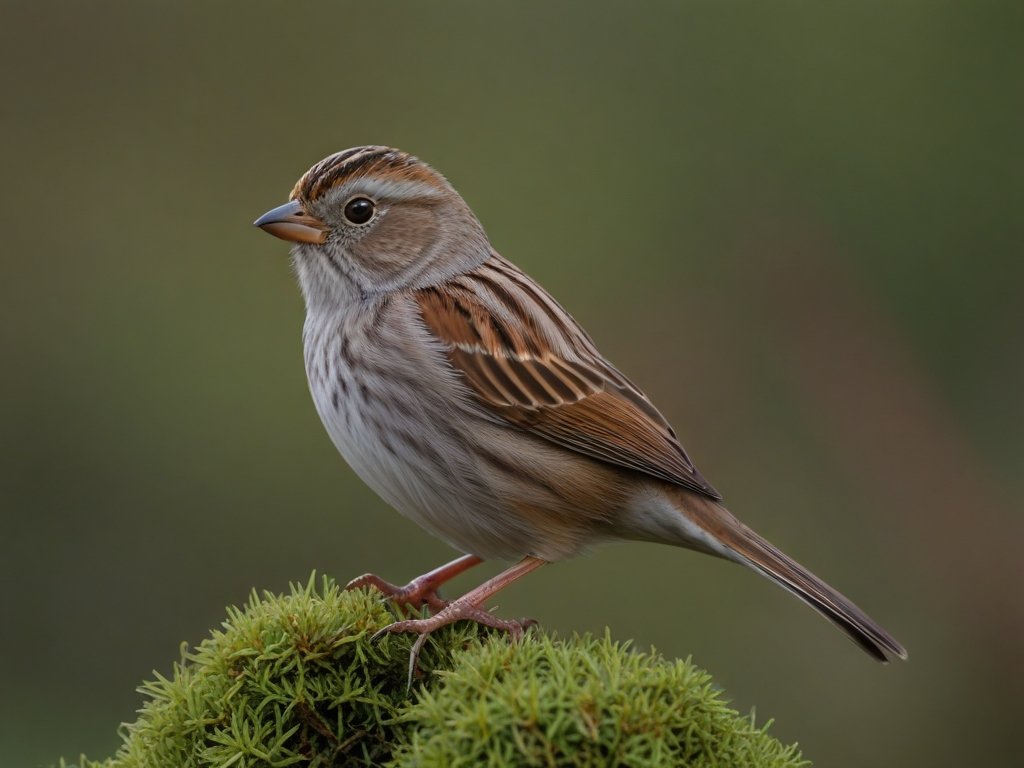
16.Dunnock. Also known as the Hedge Sparrow although it is not a relative of either House or Tree Sparrows. It is a rather secretive brown and grey bird that is around 14-15cm long. If they visit your garden they will usually be spotted low down in bushes or shrubs where they feed on both seeds and insects. They do not normally feed on bird tables or from hanging feeders.
17.Pied Wagtail. They are our most common species of Wagtail and are long-legged black and white birds which are around 18cm in length. They are predominantly insect eaters who find their food on the ground or even in mid-air. Whilst widespread across the UK they can be quite localised so there is an element of chance on whether they visit your garden even if there are plenty nearby.
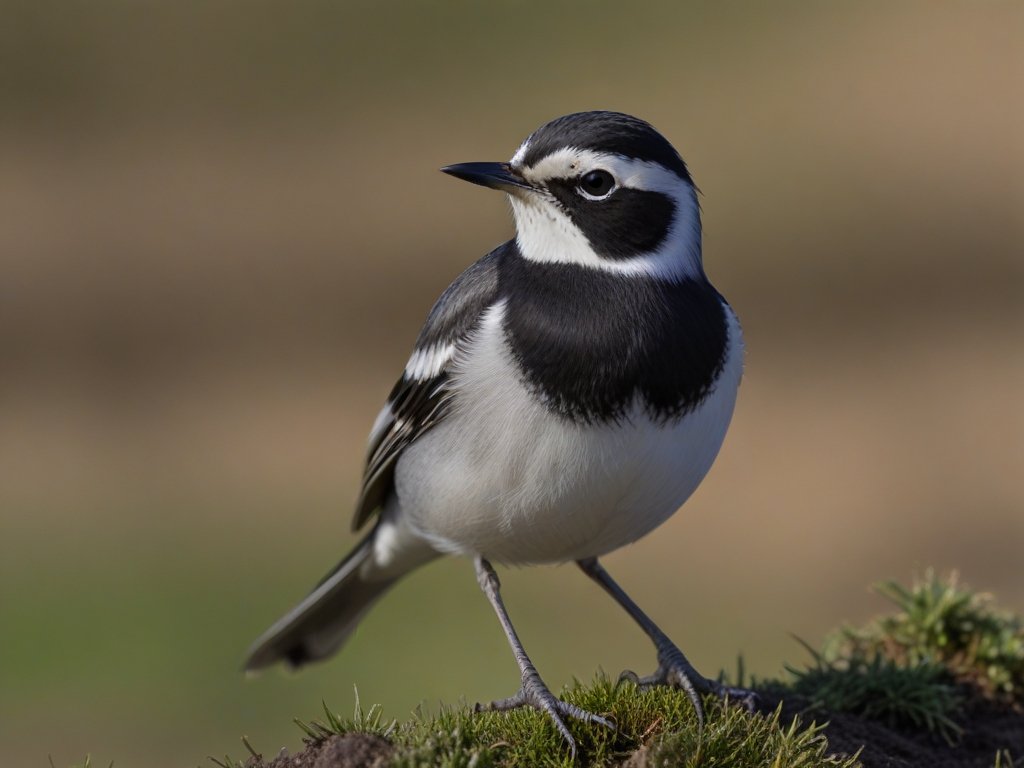
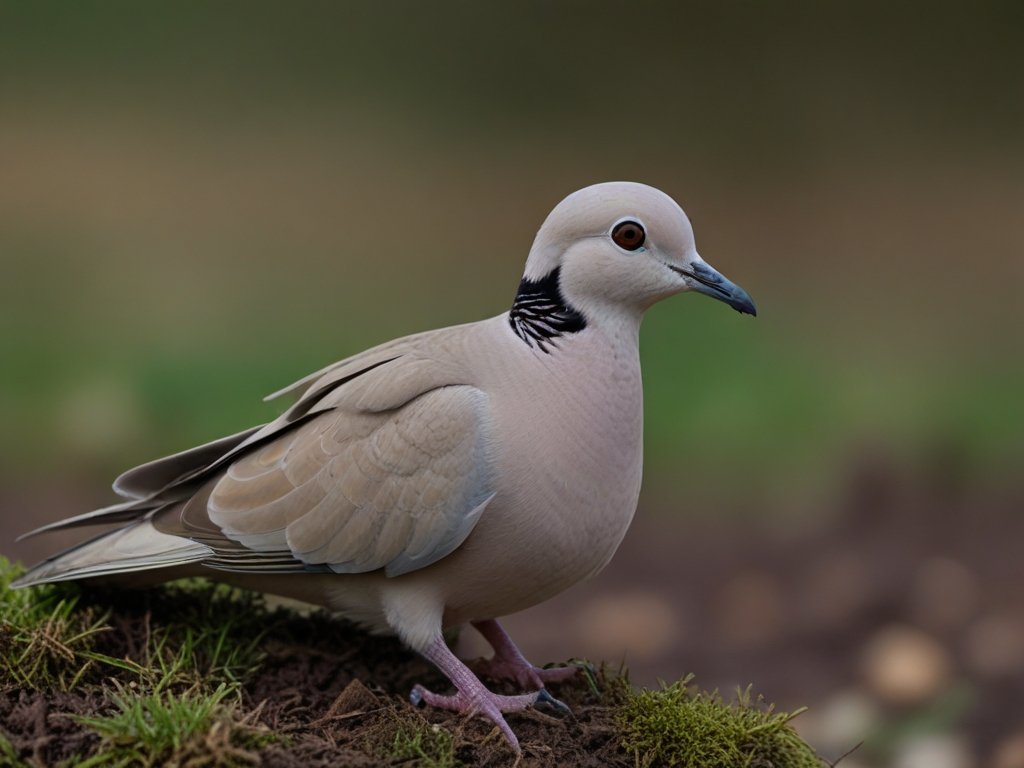
18.Collared Dove. They look like a small grey/brown pigeon with a distinctive black mark like a collar around the back of their neck. Originally a species from Asia they have become very common in the UK in recent years. Recognisable by their “coo coo coo” sounds they are regular visitors to gardens across the country where they eat seeds, berries and greens.
19.Great Spotted Woodpecker. A very distinctive black, red and white woodpecker they are relatively common in England and Wales. Around 25cm in size, the male has a red patch on the back of his head whereas the female has only black and white on her head. As a typical Woodpecker, they are often seen on the side of trees but they will also visit gardens where they will eat seeds and nuts from hanging feeders.


20.Blackcap. A small bird of around 12-13 cm they are mainly grey though as the name suggests the male has a black cap on his head. The females however have a brown cap. Notable for its song Blackcaps are mostly Summer visitors to the UK but a small percentage now stay all year round. They are fairly secretive birds but at times they will feed from bird tables.
There are many other species of birds that people can regularly watch in their garden but the ones above are the most widespread and commonly seen ones in Britain. If you enjoy seeing birds there are a few simple and cheap things you can do to attract them to your garden. (How To Attract Birds). Hopefully, this article will help you identify some of your more likely guests. Happy bird watching!
